Normal shipping
10,000 yen or more:500 yen
Orders less than 10,000 yen:1,000 yen
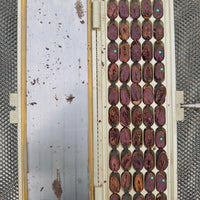
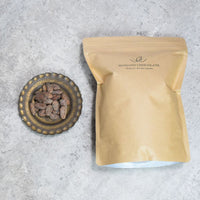
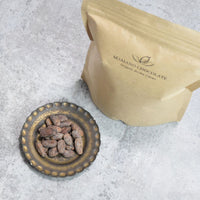
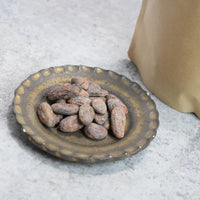
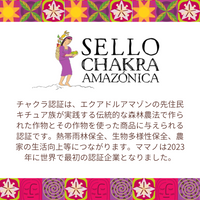
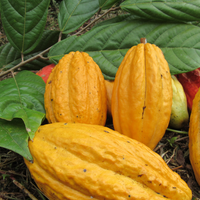
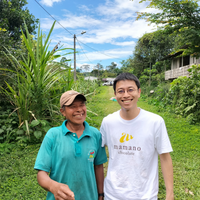
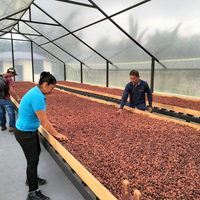
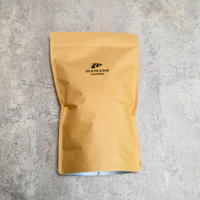
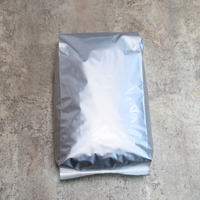
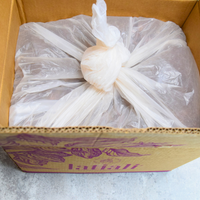
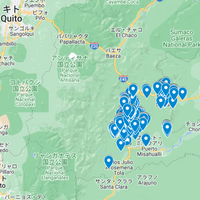


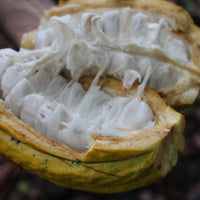
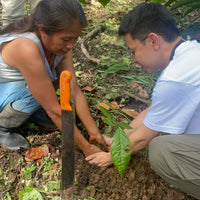
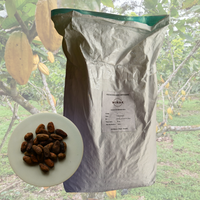


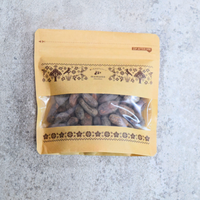
* Cannot be consumed as it is.
* Please roast and peel off the shell before use.
* You can make handmade chocolate at home.
2021 harvested cacao beans (before roasting) of the rare national species (Alibacao), a traditional Ecuadorian variety. We use cocoa beans cultivated by cocoa farmers in the Amazon rainforest area using the traditional agroforestry farming method (chakura farming method) that does not use pesticides or chemical fertilizers.
The Winhak Union is an organization co-founded by small Kechwa farmers for the development and progress of their communities and families. We support agroforestry farming methods that lead to the development of small-scale cocoa farmers, forest conservation and improvement of farmers' livelihoods, and we are attracted to the flavor of Alibaba cocoa cultivated in the Amazon region, and we are a sales partner throughout Asia. We have a long-term contract with. We would appreciate it if you could use the alibaca cacao cultivated here.
In the latest test, the fermentation degree was about 80-90%, mold, defective beans and insect pest beans were 0, and purple beans were about 5%, which are higher than the standard value, so there is no defect flavor and national varieties of cacao. You can enjoy the original aroma of beans.
If you are a corporation and would like to have cocoa beans harvested in 2022Contact us directlyplease. The harvest season is one season from January to June, and imports are carried out collectively.

Normal shipping
10,000 yen or more:500 yen
Orders less than 10,000 yen:1,000 yen
You can choose the payment method below.
You can use VISA / Master Card / American Express / JCB.
If you select Paypal, you do not need to enter shipping information because you will get Paypal information.
| New Column | New Column | New Column |
|
convenience store
|
Account transfer
(Automatic withdrawal from bank account) |
Bank transfer
|
|
Until 10th
|
12th*
|
Until 10th
|
|
356 yen (tax included)
|
0 Yen
|
Transfer fees vary depending on the financial institution
|
* If the financial institution is closed, the next business day
If you wish to receive a refund or returnInquiry formPlease contact us.
If you would like a message card as a gift, please write your message in the remarks column of the order cart. We will print it on Mamano's postcard and deliver it with the product.


From April 10, 2020, we started a 1% reduction system for the purchase price of products in online shops.
How to check points
Log in to My Page
point
You can check from.
How to use points
Points can be used on the cart page.